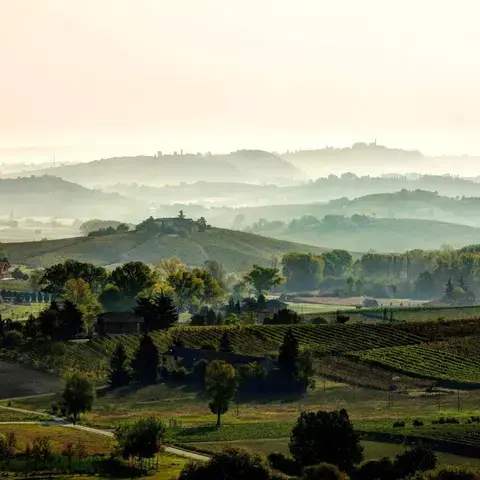Saporium, located on the Lungarno Benvenuto Cellini, in Florence, represents one of the most interesting gastronomic openings of the last few months. The restaurant is the urban spin-off of the restaurant of the same name inside Borgo Santo Pietro, a boutique hotel and estate with an organic vegetable garden in Chiusdino, in the heart of the Tuscan countryside, which opened last year under the direction of young Executive Chef Ariel Hagen.
Here, everything is produced and meticulously processed using sustainable and anti-waste techniques. Every ingredient goes 'from the soil to the plate,' with sustainable methods, an authentic spirit and great respect for the environment. Mother Nature is the true protagonist of this performance, the fulcrum around which the entire gastronomic project revolves. Dreamed up by Claus and Jeanette Thottrup, a Danish couple who founded Borgo Santo Pietro more than 20 years ago, Saporium has just won the Influencers' Choice Award at the 2023 edition of TheFork Awards and is increasingly winning over Florentines, whether native or passing through.







